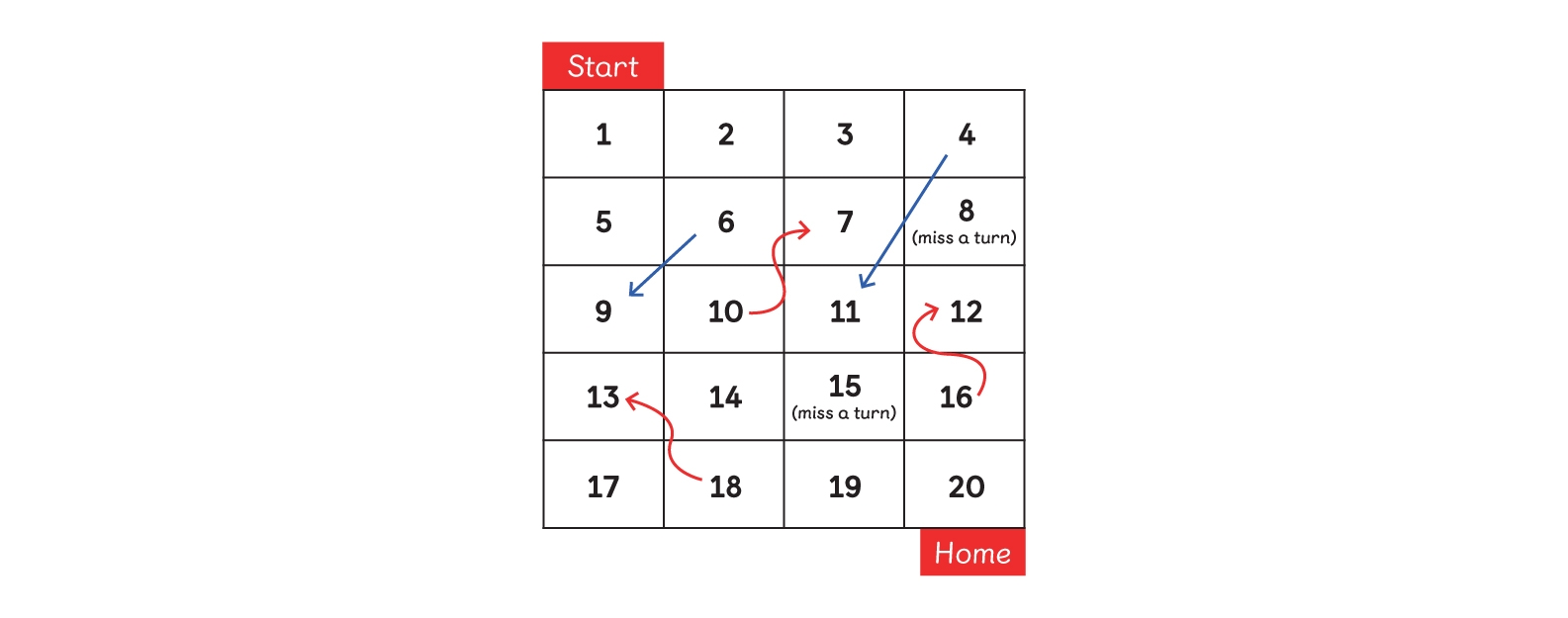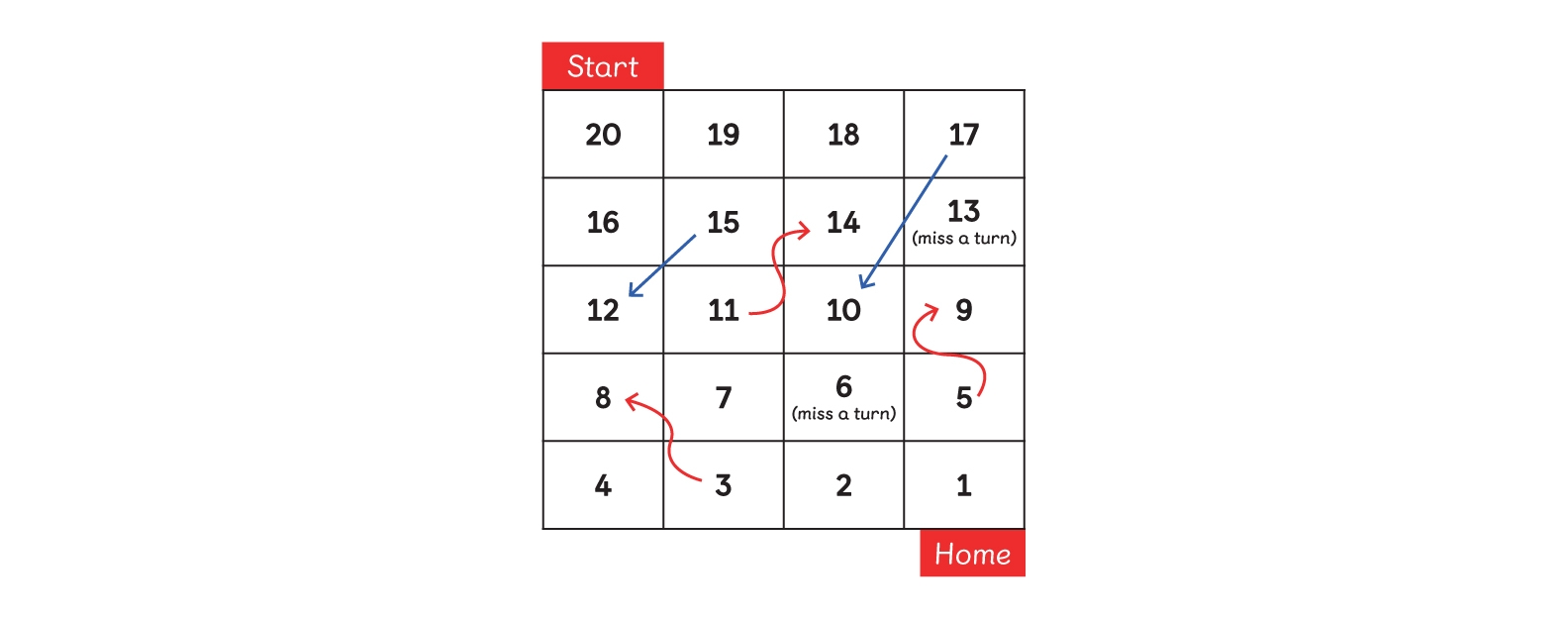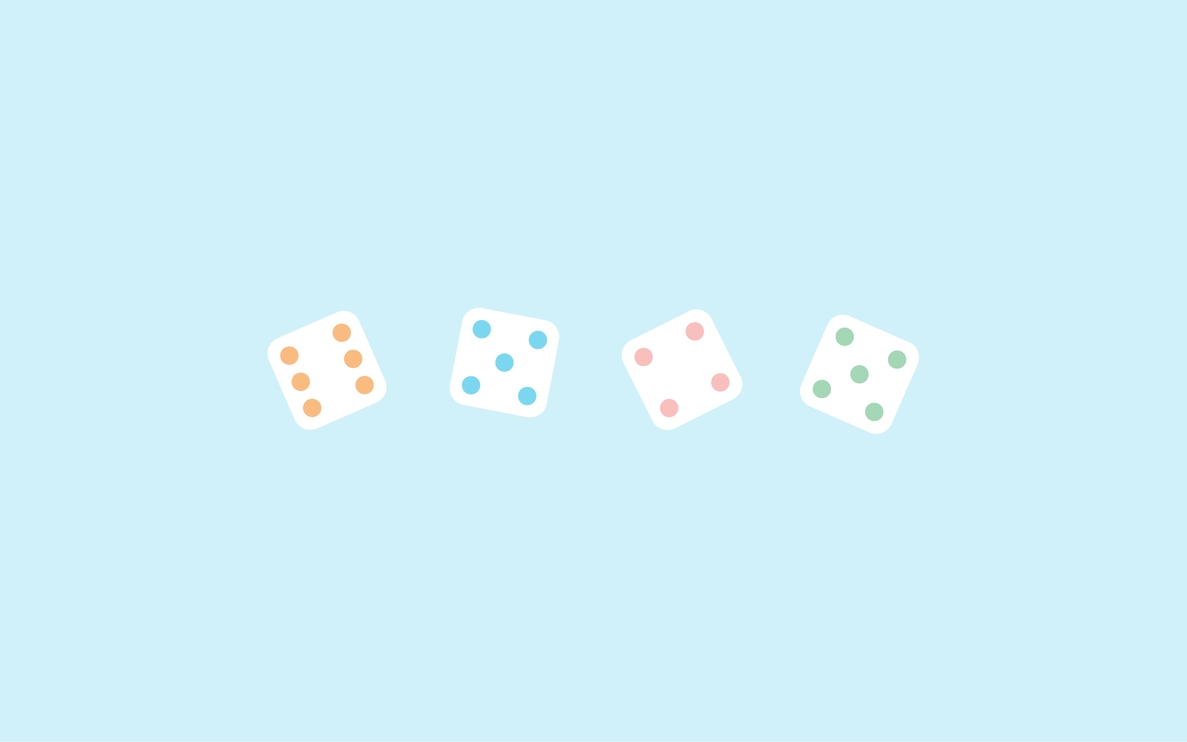Maths Games: Addition and subtraction within 20
Editor’s Note:
This is an updated version of a blog post published on January 8th , 2020
Ease into a new term with eight fun, yet challenging maths games that focus on addition and subtraction within 20.
At Maths — No Problem! we love playing games… um, I mean we take maths mastery very seriously.
Actually, we do both. Games in maths promote effective learning and are a great way to boost fluency.
So, to kick off a new school year, here are eight games that will help learners master addition and subtraction within 20, develop mental strategies for addition and subtraction, and reinforce the concept of number bonds.
If you use the Maths — No Problem! programme, you can play these games alongside Textbook 1A, Chapter 7 or throughout the year to revisit the topic.
Challenge your learners to find all of the number bonds for 20 with these games
If learners know their number bonds for 20, then they can use the subtraction facts to find ‘the number that makes 20’. If learners are shaky on their number bonds, then it might be helpful to recap some of the number bonds for 20 before starting these games.
Game #1: Memory Pairs
You will need: number cards from 1 to 19, and an extra 10. You can also play with twenty frames so that learners can count on to see if their pair makes 20.
Learners can play in pairs or threes.
How to play
- Shuffle the cards and place the cards face down in four lines on the table. If learners struggle with the memory part of the game, then place the cards 1–10 face-up.
- Turn over one card and say which card they need to make 20. It’s important that learners take this step to think about which card they need. The rest of the group should check that the player is looking for the right card.
- Then turn over another card.
- If the cards make 20, then collect the cards.
- If the cards don’t make 20, then turn both cards back over.
- Take turns to repeat steps 2–5.
- The player who collects the most cards wins.
Game #2: Collect the Cards
You will need: counters, number track from 11 to 19, and a nine-sided dice.
Learners can play in pairs.
How to play
- Give a number track to each player.
- Roll the dice and decide which number will add to the score to make 20.
- Place a counter on the card that adds to 20.
- Take turns to repeat steps 2–3.
- Keep playing until one player has a counter on every card.
Help learners gain fluency with number bonds for 10 to 20 with this game
If learners know their number bonds to 20, then they can use the subtraction facts to find the number that makes the ‘target’. Have ten frames and counters on hand if learners need extra support.
Game #3: Who’s the Fastest?
You will need: number cards from 10 to 20 and a nine-sided dice.
Learners can play in pairs or threes.
How to play
- Place the number cards face down on the table.
- Turn over a number card. This is the target number.
- Roll the dice.
- What number adds to the score on the dice to make the target number?
- The first player to say the answer gets to keep the card.
- The player with the most cards wins.
Become Qualified to Make a Difference
Empower yourself to create a lasting impact in pupils’ lives. Gain maths mastery certificates that will represent all you’ve accomplished and learned in your teaching journey.
From Fellow, to Expert, to Master — you can take the pathway to certified success!

Get learners to practice addition within 20 with these games
Learners can add by counting on, by making 10 or by adding the 1s. Have ten frames and counters on hand if learners need extra support.
Game #4: Roll the Dice
You will need: counters, nine-sided dice, a six-sided dice, 10–15 number track.
Learners can play in pairs or threes.
How to play
- Roll the two dice.
- Add the numbers together.
- Find the number on the number track. Place a counter on the number. You lose a turn if the number is less than 10.
- Take turns to repeat steps 1–3.
- The first player to cover all the numbers wins.
Game #5: Who’s the Fastest?
You will need: number cards 1–5 and 11–15.
Learners can play in pairs.
How to play
- Place the 1–5 and 11–15 cards face down on the table.
- Turn over two cards.
- What’s the total?
- The first player to get the correct answer keeps the cards.
- The player with the most cards wins.
Game #6: Addition Board Game
You will need: a six-sided dice and counters.
Learners can play in pairs.

How to play
- Choose a counter and put it on 1.
- Take turns to roll the dice to get a number.
- Add by counting on from where the counter is.
- The first player to reach home wins.
Get learners to practice subtraction within 20 with these games
Learners can subtract by counting back, subtracting 1s or by subtracting from 10. Have ten frames and counters on hand if learners need extra support.
Game #7: Who’s the Fastest?
You will need: number cards 1–9 and 1–20.
Learners can play in pairs.
How to play
- Place the 1–20 and 1–9 cards face down on the table.
- Turn over two cards. Subtract the smaller number from the larger number.
- The first player to get the correct answer keeps the cards.
- The player with the most cards wins.
Game #8: Subtraction Board Game
You will need: a six-sided dice and counters.
Learners can play in pairs.

How to play
- Choose a counter a put it on 20.
- Take turns to roll the dice to get a number.
- Subtract by counting back from where the counter is.
- The first player to reach home wins.
Teaching a topic through maths games is a fun way to let learners explore what they’ve learned. But why stop there?
As the year rolls on and you teach new topics, children’s memory of previous learning can get a little hazy. That’s why it’s so important to revisit topics throughout the year. Games are a great way to revisit previous learning, boost fluency, and have a little fun at the same time.
We’d love to see how you use games in your classroom. Share your work on Twitter by tagging @MathsNoProblem
Learn more
Zoltan Dienes and teaching mathematics through games
How children can learn maths at home
Creating a ‘positive, thriving’ maths environment: an interview with Debbie Lee
